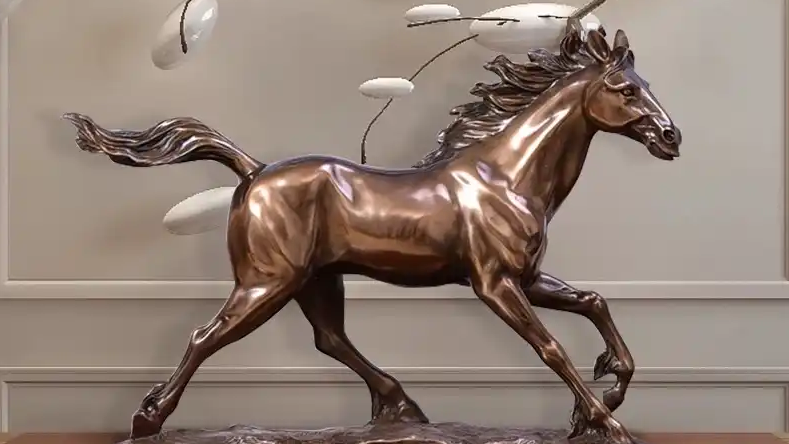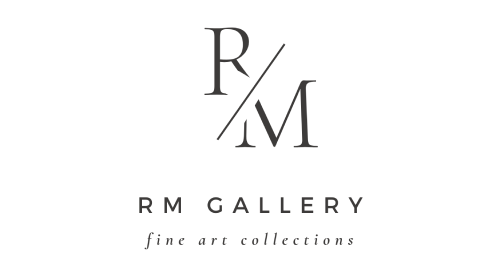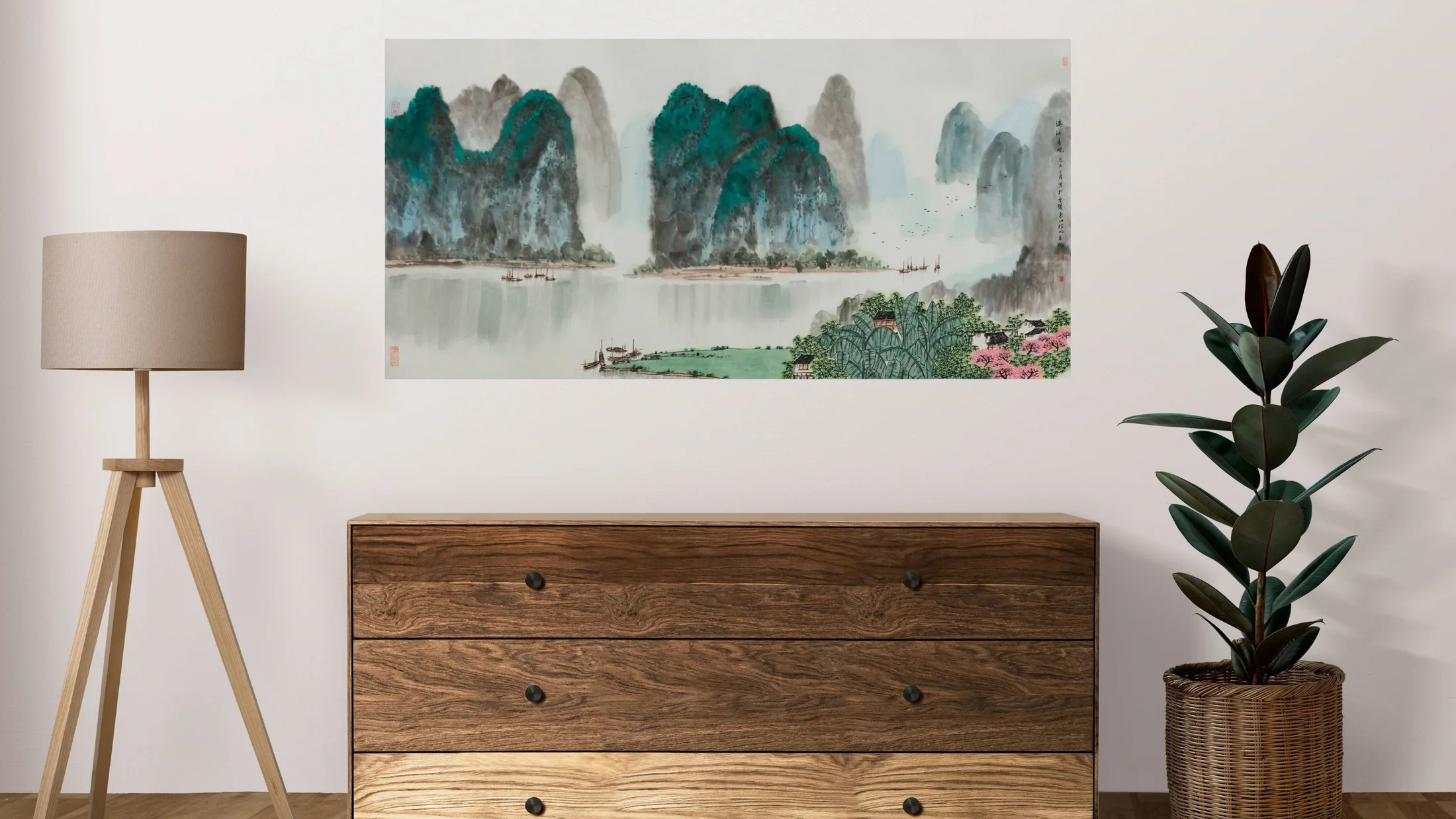Article: Leonardo Da Vinci Horse

Leonardo Da Vinci Horse

Among Leonardo’s many masterpieces, the Leonardo da Vinci horse showcases his unmatched skill and vision. It remains a symbol of international friendship to this day.
The Leonardo da Vinci horse, also known as the Sforza Horse, is an extraordinary majestic bronze horse sculpture originally envisioned by one of history’s greatest polymaths, Leonardo da Vinci, and is located in the San Siro Hippodrome Cultural Park in Milan, Italy.
Leonardo Da Vinci Horse History
In 1482, Ludovico Sforza, the ruler of Milan, asked Leonardo da Vinci to create a colossal bronze horse to honor his father, Francesco. At first, Leonardo sketched the horse to tower over a defeated foe, but that design turned out to be too ambitious. In 1490, he opted for a more traditional walking pose.
In preparation for the colossal horse project, Leonardo spent considerable time researching horses extensively. He also wrote a few treatises on equines, one of which contained in-depth plans for casting the massive horse statue intended to be molded in several hollow pieces supported by internal iron braces.
After several years of studying horse anatomy, Leonardo da Vinci crafted a full-sized 24-foot clay model, which was to be cast in roughly 75 tons of bronze. In 1493, he showcased the clay model at Ludovico’s daughter’s wedding, a gesture that earned him lots of fame.
Sadly, the horse statue never went past the clay model stage, as the project was suspended in 1494 due to war. To stop Charles VIII of France from invading Milan during this period of conflict, Ludovico Sforza gave all the bronze intended for the statue to his father-in-law for cannon production.
In the chaos that followed, Leonardo fled Milan and abandoned his clay masterpiece. Legend has it that Michelangelo, one of da Vinci’s biggest artistic rivals, once mocked him during their meeting in Florence for being unable to cast the horse statue.
While the war waged on, the massive horse model continued to adorn the vineyard near the Duke’s castle. However, in 1499, during the Second Italian War, French troops invaded Milan. Despite the model’s majesty, the invading archers saw it as the perfect bullseye for target practice and completely destroyed the clay model.
Despite the Duke’s best efforts, the Sforza’s Horse, which was meant to be the world’s largest equine statue, was not realized during his time. Although Leonardo revisited the project a few times, he ultimately abandoned it, and many of his original sketches of the horse were lost in the centuries that followed. As the story goes, Leonardo da Vinci never stopped mourning the loss of his horse until he passed away in 1519 at the age of 67.
Leonardo Da Vinci Horse Influence on Statues
The Leonardo da Vinci horse influenced several equestrian statues around the world, especially after his death. In 1640, Pietro Tacca brought to life the first freestanding equestrian statue. The monument featured a majestic rearing horse with King Philip IV of Spain.
Interestingly, Galileo Galilei lent his expertise in calculating gravitational solutions to address the weight distribution challenges. Étienne Maurice Falconet’s Bronze Horseman, found in Senate Square in Saint Petersburg, Russia, also showcases remarkable engineering. However, none of these horse statues reaches the grand scale envisioned by Leonardo.
Current Leonardo Da Vinci Horse
It wasn’t until about five centuries later that Charles C. Dent, a retired American pilot and an art collector, would use some of da Vinci’s surviving drawings to kickstart the process that brought the Leonardo da Vinci horse to life. Inspired by an article in National Geographic magazine in 1977, Dent, a devoted admirer of da Vinci, resurrected what remained of The Horse project and pursued it for the rest of his life.
In 1982, Dent formed Leonardo da Vinci’s Horse Inc. (LDVHI) to gather funds for The Horse project. It took 15 years to raise the substantial sum needed (around $2.5 million) to bring the ambitious statue to life. He dedicated many years to extensive research and planning, looking at new ideas and ways to accurately bring Leonardo’s vision to reality.
Unfortunately, Charles Dent passed away in 1994 before witnessing his dream come true, and once again, Leonardo’s horse seemed like a project that would never see the light of day.
Thankfully, Frederik Meijer, an American billionaire businessman and philanthropist, stepped up to steer LDVHI forward. In 1997, he sponsored a new beginning for the horse sculpture by enlisting the talents of US sculptor Nina Akamu to create an entirely new model based on Leonardo’s original drawings.
To interpret the designs as accurately as possible, Akamu studied Leonardo da Vinci’s entire collection of artwork, including his drawings of the horse. Beginning with a modest three-meter model, he eventually crafted an impressive eight-meter clay model as the basis for the bronze casting.
LDVHI, now known as the Da Vinci Science Center (DSC), decided to present the Horse statue as a gift to Milan. The goal was to honor the Italian Renaissance’s cultural legacy, Leonardo da Vinci’s genius, and promote international friendship.
In the fall of 1999, the Leonardo da Vinci horse made its way to Milan. Da Vinci’s dream finally came to life when the seven pieces that made up the bronze statue were assembled and unveiled on September 10, 1999, before a worldwide audience in a grand ceremony.
The massive horse statue graces the entrance of the San Siro racecourse. While the city of Milan owns the bronze horse, it is worth noting that the Da Vinci Science Center (DSC) holds the intellectual and licensing rights for the horse sculpture.
Leonardo Da Vinci’s Horse: Quick Facts
- Height: 24 feet (7.3 meters)
- Weight: 15 tons (3-ton stainless steel armature included)
- Construction: Can withstand earthquakes and wind shear
- Sculptor: Nina Akamu
- Unveiled: September 10, 1999
- Location: San Siro Hippodrome Cultural Park, Milan, Italy
Leonardo da Vinci
Leonardo da Vinci was an Italian polymath of the High Renaissance who was active as a painter, draughtsman, engineer, scientist, theorist, sculptor, and architect. While his fame initially rested on his achievements as a painter, he has also become known for his notebooks, in which he made drawings and notes on a variety of subjects, including anatomy, astronomy, botany, cartography, painting, and paleontology. Leonardo is widely regarded to have been a genius who epitomized the Renaissance humanist ideal, and his collective works comprise a contribution to later generations of artists matched only by that of his younger contemporary Michelangelo.
Renaissance period
The Renaissance is a period in history and a cultural movement marking the transition from the Middle Ages to modernity, covering the 15th and 16th centuries and characterized by an effort to revive

